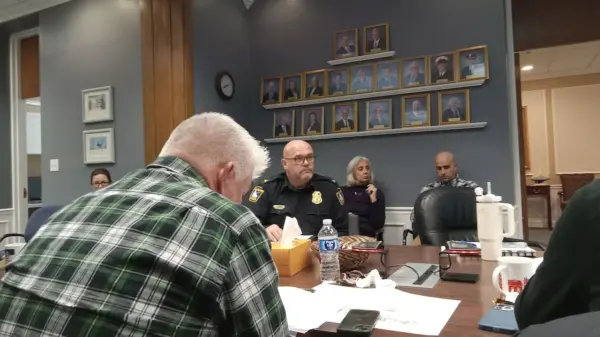A heartfelt letter has surfaced, revealing the struggles of maintaining a close sibling relationship after significant life events. A woman, who once shared an inseparable bond with her sister, finds herself grappling with her sibling’s newfound distance. Over the past year, their relationship has shifted dramatically, leaving her feeling isolated and hurt.
Strained Connections and Emotional Turmoil
According to the letter, the sisters supported each other through pivotal moments, including their parents’ divorce and the passing of their mother five years ago. The author reflects on how their daily conversations and mutual support have been replaced by tension and criticism. Calls often go unanswered, and when conversations do occur, they are marked by dismissive remarks about parenting and lifestyle choices.
At family gatherings, the sister’s subtle jabs have left lasting emotional scars. The author attempts to address these issues gently, expressing her desire to restore their former closeness. Yet, her sister either denies any problems or labels her as “too sensitive.” This ongoing conflict has led the author to question her approach—whether to continue reaching out or to step back for her own well-being.
Understanding the Dynamics of Sibling Relationships
In response to this emotional turmoil, Annie Lane provides counsel that delves into the complexities of sibling dynamics. She emphasizes that behavior often reflects the inner struggles of a person. When someone is unhappy or overwhelmed, they may unintentionally project those feelings onto those closest to them. This insight can help the author navigate her sister’s behavior without taking it personally.
“When someone shows you who they are, believe them the first time,” advises Lane, quoting renowned author Maya Angelou.
Lane encourages the author to prioritize her emotional health while still caring for her sister. It is essential to recognize that stepping back does not mean severing ties. Giving the sister some space could allow her to reflect on their relationship and perhaps miss the warmth they once shared.
Ultimately, the author is reminded that fostering a healthy boundary is not selfish but rather a necessary step towards personal peace. Loving someone does not require enduring hurtful behavior, and sometimes silence can speak volumes in mending fractured relationships.
This poignant situation highlights the challenges many face in maintaining familial connections, especially when past traumas and personal struggles influence current interactions. The letter serves as a reminder that while relationships can evolve, it is possible to navigate these changes with empathy and self-respect.



































































